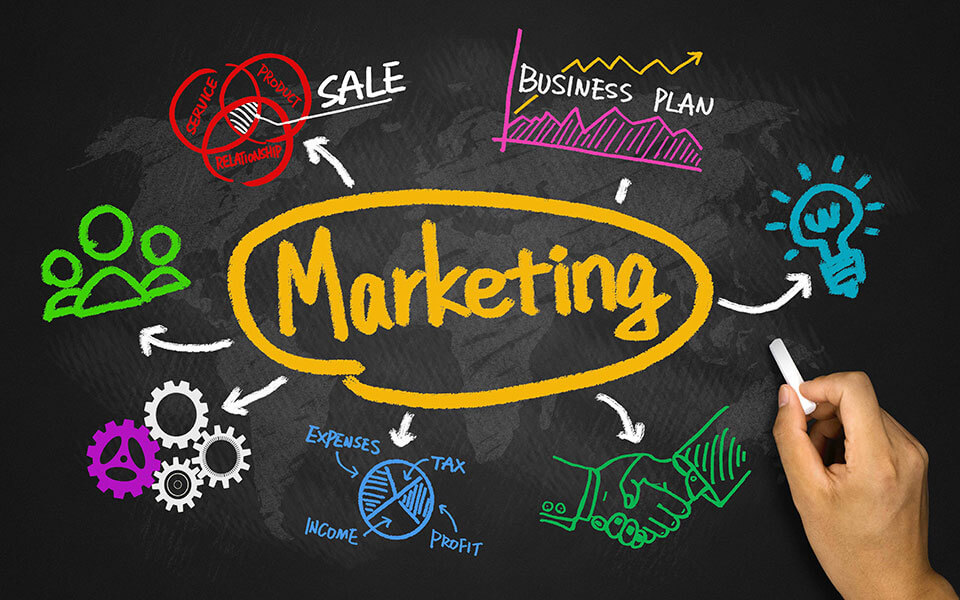The trade battle between sellers of various goods and services and consumers will never end. Consumers want to pay less and not buy unnecessary things, while sellers want the exact opposite and they usually get what they want. They have a lot of tricks with which they force customers to part with money "voluntarily and with a song."
Here are the top 7 marketing tricks you can use to get shoppers to buy more items.
7. Price bait
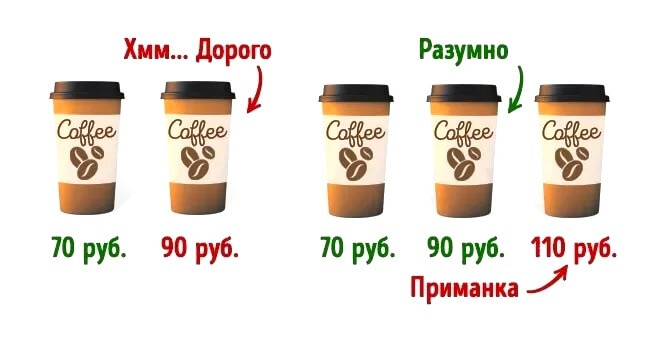 If you give the buyer a choice between a known disadvantageous option and a more attractive option, he will choose the latter. This marketing technique is called the decoy effect or the asymmetric superiority effect.
If you give the buyer a choice between a known disadvantageous option and a more attractive option, he will choose the latter. This marketing technique is called the decoy effect or the asymmetric superiority effect.
Professor Dan Ariely once conducted a study that illustrates the power of the effect. Using his students as test subjects, he divided them into two groups. Both groups were offered subscriptions to The Economist. Group A was offered a web subscription for $ 59 and a combined web and offline subscription for $ 125. 68% of its students chose the cheaper web option.
To the second group, the professor offered a web subscription for $ 59, a print subscription for $ 125, and a combined web and print subscription for the same $ 125. This time, 84% of his students chose the third option, thinking that they were getting so many opportunities for their money. That is, after the introduction of the "bait" sales of the desired product increased by as much as 30%!
Of course, price “bait effect” is not the only factor influencing the buyer's choice. There are also technical characteristics, materials from which the product is made, and other properties. However, if the buyer is primarily interested in price, then the "bait effect" can play a decisive role.
6. Using small tiles on the floor
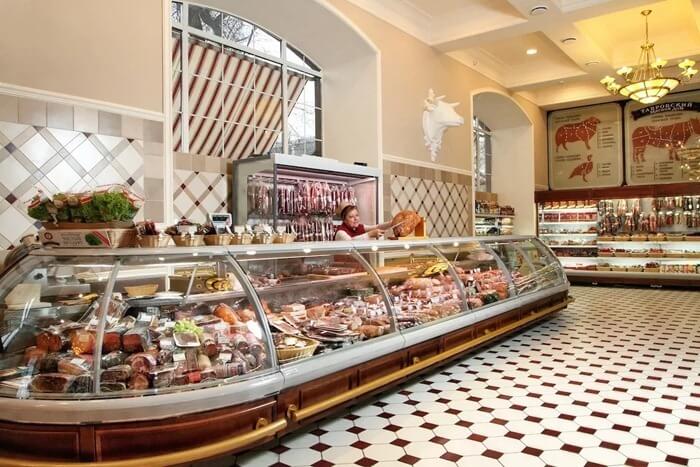 The popularity of online shopping has forced brick-and-mortar stores to look for new ways to keep their bottom line.
The popularity of online shopping has forced brick-and-mortar stores to look for new ways to keep their bottom line.
A recent study of more than 4,000 shoppers by Professor Nico Huyvink of the IESEG School of Management in France found that closely spaced horizontal lines on the floor slow down shoppers walking down the aisle, encouraging them to browse and buy more items. If you see large gaps between the lines, then buyers move faster and spend less. Therefore, in many stores, small tiles are used where more expensive products are placed, and large tiles are used in places where congestion needs to be minimized, such as at the entrance.
5. Price from ".99"
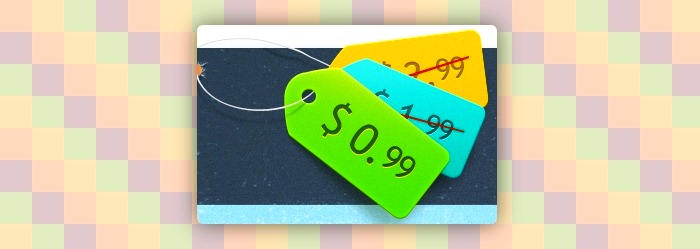 In a 2005 study at New York University, it was found that the price ending in ".99" has a huge impact on buyers. This price is perceived to be lower than the round figure. Scientists attribute this effect to the fact that we read from left to right, and the first figure in the price resonates with us the most. Unconsciously, our brain perceives the price of "499 rubles" closer to 400 rubles than to five hundred. In addition, a price ending in ".99" makes us think the item is on sale, even if it is not.The power of magic nines in value was demonstrated in a groundbreaking study by professors at the University of Chicago and MIT. The researchers took the same piece of women's clothing and assigned different prices to it: $ 34, $ 39.99, and $ 44. Amazingly, the most popular among shoppers was the $ 39.99 apparel, even though it was $ 6 more than the cheapest option.
In a 2005 study at New York University, it was found that the price ending in ".99" has a huge impact on buyers. This price is perceived to be lower than the round figure. Scientists attribute this effect to the fact that we read from left to right, and the first figure in the price resonates with us the most. Unconsciously, our brain perceives the price of "499 rubles" closer to 400 rubles than to five hundred. In addition, a price ending in ".99" makes us think the item is on sale, even if it is not.The power of magic nines in value was demonstrated in a groundbreaking study by professors at the University of Chicago and MIT. The researchers took the same piece of women's clothing and assigned different prices to it: $ 34, $ 39.99, and $ 44. Amazingly, the most popular among shoppers was the $ 39.99 apparel, even though it was $ 6 more than the cheapest option.
4. Rude sellers
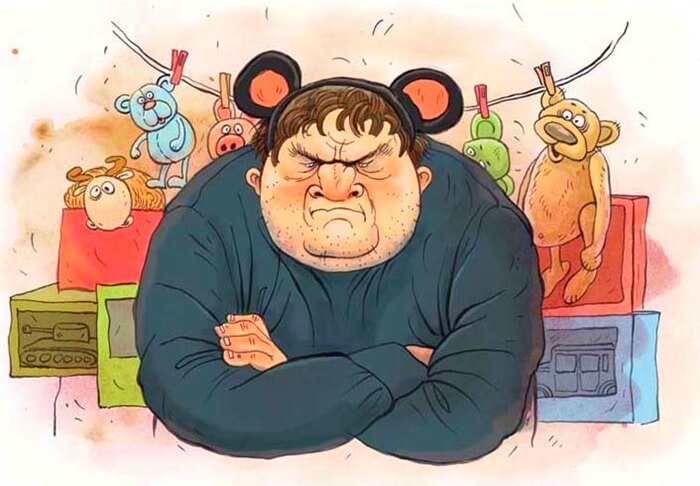 It is believed that the seller should be extremely polite and friendly. However, researchers at the Sauder School of Business at the University of British Columbia say the opposite. In their opinion, the more rude the staff in luxury stores, the greater the profit. Basically, people who shop in luxury stores want to fit in with high society. Such buyers believe that the seller is being dismissive because they do not yet have status items, and they need to quickly acquire them in order to become part of the elite. It should be noted that this principle does not work for the mass consumer in regular stores.
It is believed that the seller should be extremely polite and friendly. However, researchers at the Sauder School of Business at the University of British Columbia say the opposite. In their opinion, the more rude the staff in luxury stores, the greater the profit. Basically, people who shop in luxury stores want to fit in with high society. Such buyers believe that the seller is being dismissive because they do not yet have status items, and they need to quickly acquire them in order to become part of the elite. It should be noted that this principle does not work for the mass consumer in regular stores.
3. Scarce foods
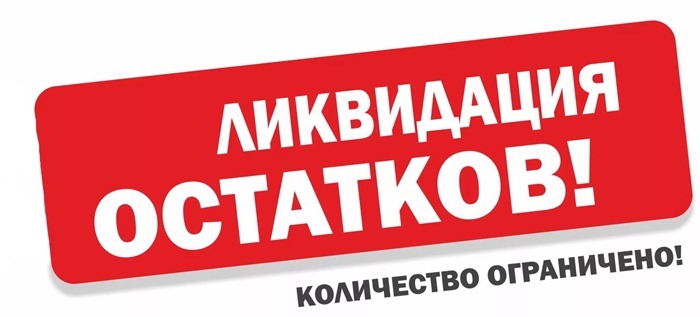 “Hurry, the quantity of goods is limited,” the advertisement calls us. More often than not, it is limited only by the imagination of the sellers, because such words are an effective trick for attracting customers. It makes buyers think that there is a great demand for a product that is in short supply.
“Hurry, the quantity of goods is limited,” the advertisement calls us. More often than not, it is limited only by the imagination of the sellers, because such words are an effective trick for attracting customers. It makes buyers think that there is a great demand for a product that is in short supply.
The "illusion of scarcity" effect was demonstrated in 1975 in a psychological study. During the experiment, the researchers showed subjects two identical cans of cookies. One jar contained 10 cookies, and the other only two. The subjects rated the cookies in the nearly empty jar as more valuable, as there were less of them left. Think about it the next time you buy something from an online store and you see a pop-up on the screen: “Only 10 items left in stock. Buy now! "
2. Using multiple adjectives
 In second place in the ranking of marketing gimmicks that get shoppers to buy more than they need to, is a little trick commonly used in restaurants.
In second place in the ranking of marketing gimmicks that get shoppers to buy more than they need to, is a little trick commonly used in restaurants.
There are two types of menus: one simply lists the dishes, the second describes each dish in detail. Compare "Caesar salad" and "chicken Caesar salad with fresh lettuce, shrimp and cheese, drizzled with olive oil and garnished with cherry tomatoes." Restaurateurs don't write these descriptions just to let people know what they're eating. A detailed menu with many adjectives boosted restaurant sales by 27% compared to restaurants that used a menu without detailed descriptions of dishes, according to a study by researchers from Cornell University and the University of Illinois.
1. Eye contact with children's eyes
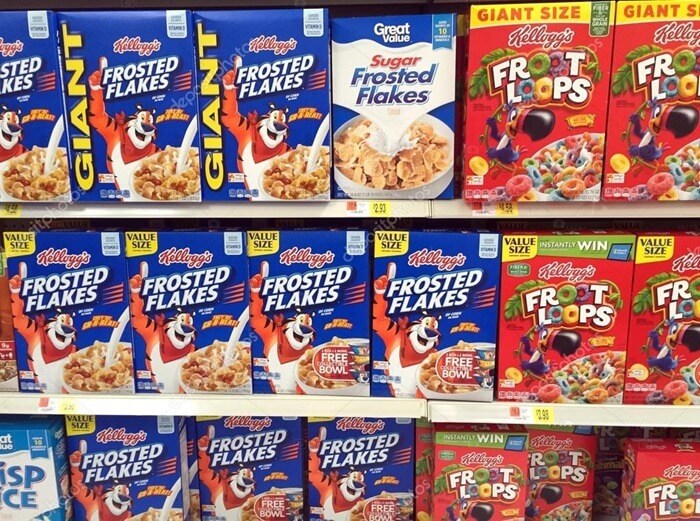 And first on the list of ways sellers get shoppers to fork out is a marketing gimmick involving small shoppers. In 2014, scientists at Cornell University and the Harvard School of Public Health studied 65 different cereals in ten different grocery stores. They considered their position on the shelves and found that the baby cereal was placed on the shelves just above children's eye level. But why not at eye level? The fact is that the eyes of the characters on the cereal boxes are directed downward. Therefore, if you place the box just above eye level, then the children will have the feeling that their favorite character is looking directly at them. The researchers concluded that a cereal box has a 28% higher chance of being liked by customers if the person drawn on the box has eye contact with them.
And first on the list of ways sellers get shoppers to fork out is a marketing gimmick involving small shoppers. In 2014, scientists at Cornell University and the Harvard School of Public Health studied 65 different cereals in ten different grocery stores. They considered their position on the shelves and found that the baby cereal was placed on the shelves just above children's eye level. But why not at eye level? The fact is that the eyes of the characters on the cereal boxes are directed downward. Therefore, if you place the box just above eye level, then the children will have the feeling that their favorite character is looking directly at them. The researchers concluded that a cereal box has a 28% higher chance of being liked by customers if the person drawn on the box has eye contact with them.

